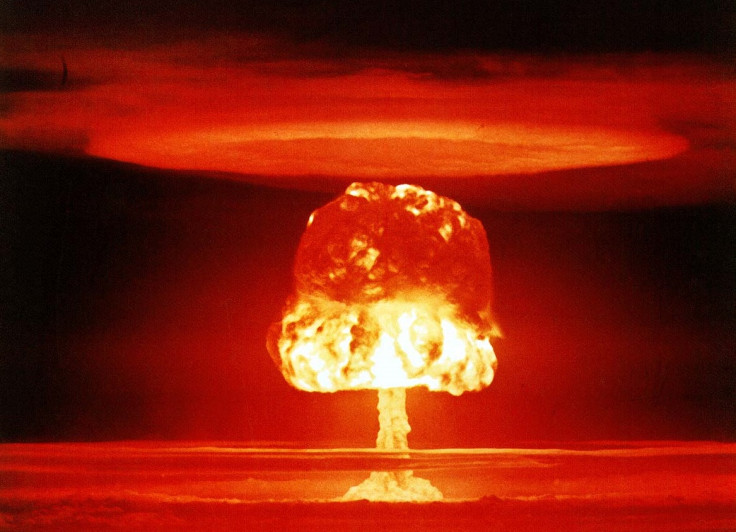Anthropocene era: Man's Dominion over the Earth began in 1610

The Anthropocene epoch – marked by human dominance of the planet – started in the year 1610, scientists have said.
Previous epochs have been started and ended as a result of geological activity, such as meteorite strikes, sustained volcanic eruptions and the continents shifting. However, the Anthropocene is different as it is marked by human activity changing the planet.
When this epoch started has been subject to much debate. Some have said it started during the Industrial Revolution, while others have suggested nuclear weapons testing in the 1960s heralded in a new era in the planet's history.
Now, scientists at UCL have concluded humans became a geological power in 1610, about a century after Europeans arrived in the Americas and when global trade moved species to new continents and oceans – a global re-ordering of life on Earth.

Published in the journal Nature, the authors looked at the major environmental impacts of human activity on the planet over the last 50,000 years against two formal requirements that define a new epoch – long and documented changes to the Earth and a pinpointed data where global environmental change has been captured in natural mineral.
Then God said, “Let us make man in our image, after our likeness. And let them have dominion over the fish of the sea and over the birds of the heavens and over the livestock and over all the earth and over every creeping thing that creeps on the earth.”
The latter is dubbed a 'golden spike' and could include rocks, ancient ice or sediment from the ocean floor. An example of a golden spike would be the meteor strike that wiped out the dinosaurs.
Two dates filled the criteria – 1610 and the nuclear tests from 1964. However, researchers said that while nuclear war could dramatically alter Earth, so far it has not – and the testing of these weapons has not in geological terms been a planet-changing event.
Similarly, they looked at the Industrial Revolution but could not find a golden spike because effects were localised – meaning a precise date could not be identified.

Researchers argue that the arrival of Europeans in the Americas in 1492 began an unequivocal change to the planet, however.
The first fossil pollen of maize (from Latin America) appears in the marine sediment in Europe in 1600 – fulfilling the first of the epoch criteria.
They also found a golden spike dating a decade later when colonisation of the New World led to the deaths of about 50 million indigenous people within just a few decades. With this came an abrupt end to farming across the continent and regrowth of forests and other vegetation, resulting in a pronounced dip in atmospheric CO2.
Lead author Simon Lewis said: "In a hundred thousand years scientists will look at the environmental record and know something remarkable happened in the second half of the second millennium. They will be in no doubt that these global changes to Earth were caused by their own species.

"Today we can say when those changes began and why. The Anthropocene probably began when species jumped continents, starting when the Old World met the New. We humans are now a geological power in our own right - as Earth-changing as a meteorite strike.
"Historically, the collision of the Old and New Worlds marks the beginning of the modern world. Many historians regard agricultural imports into Europe from the vast new lands of the Americas, alongside the availability of coal, as the two essential pre-cursors of the Industrial Revolution, which in turn unleashed further waves of global environmental changes.
"Geologically, this boundary also marks Earth's last globally synchronous cool moment before the onset of the long-term global warmth of the Anthropocene."
An official decision on whether to formally recognise the Anthropocene – including when it began – will be made next year.
© Copyright IBTimes 2025. All rights reserved.






















